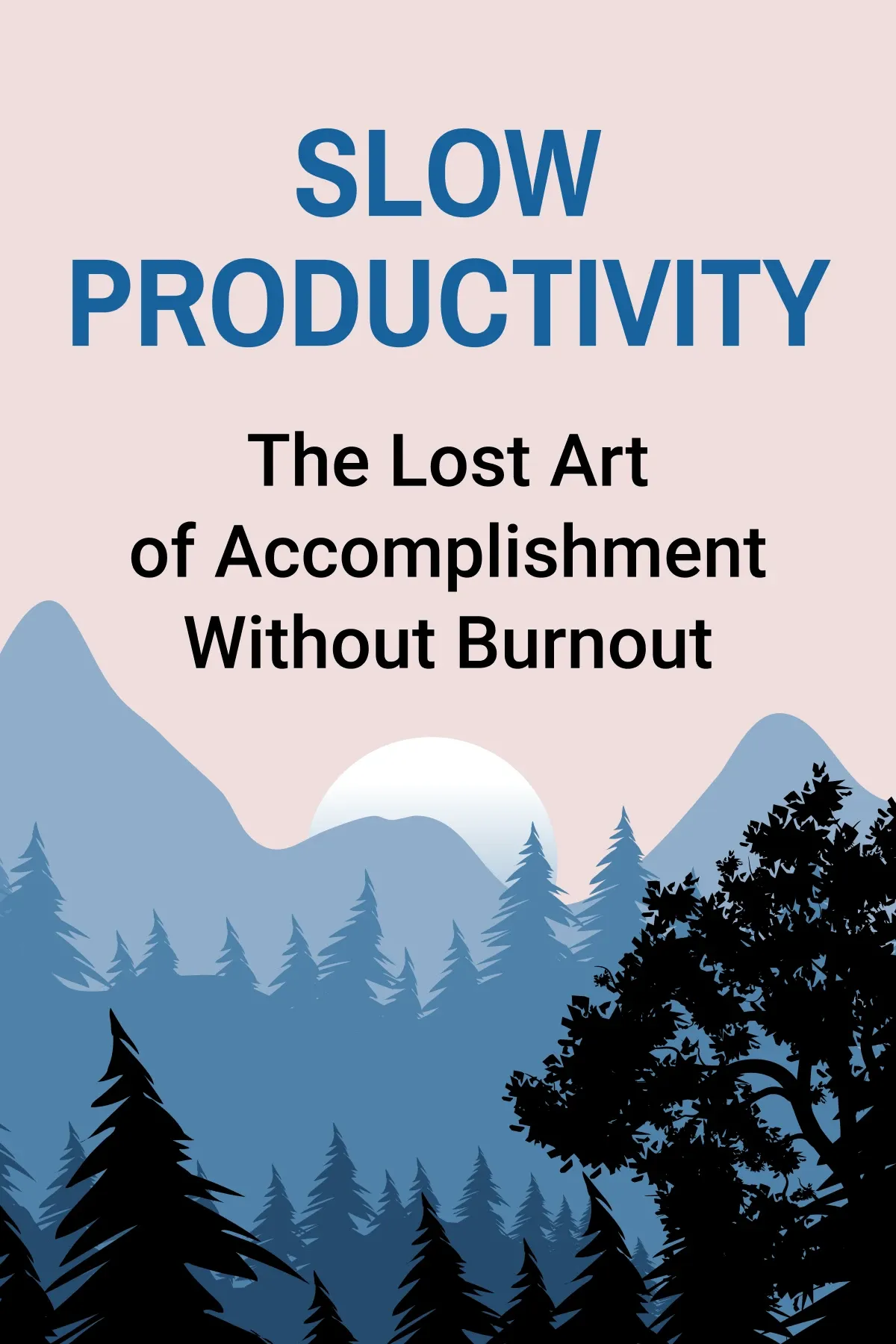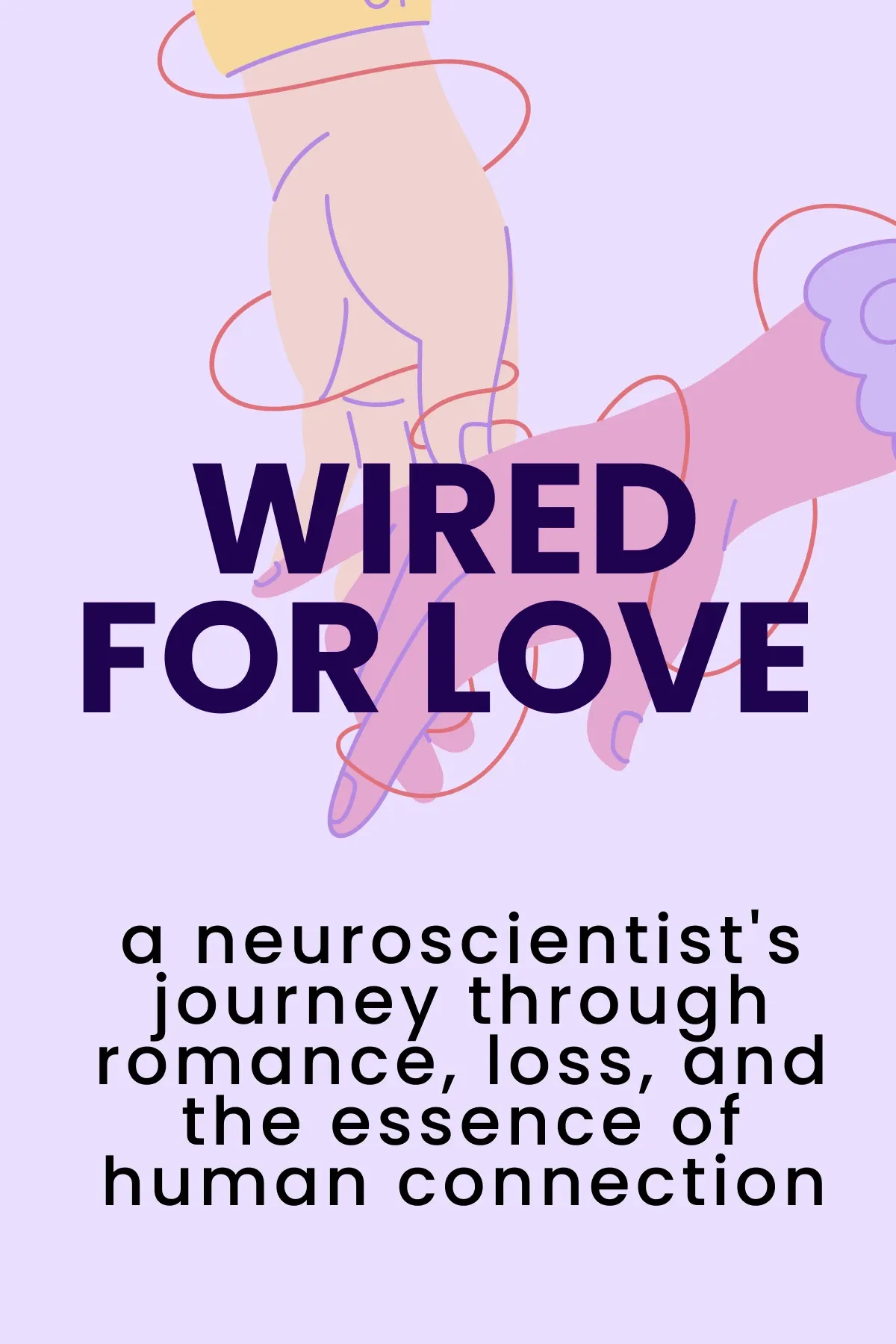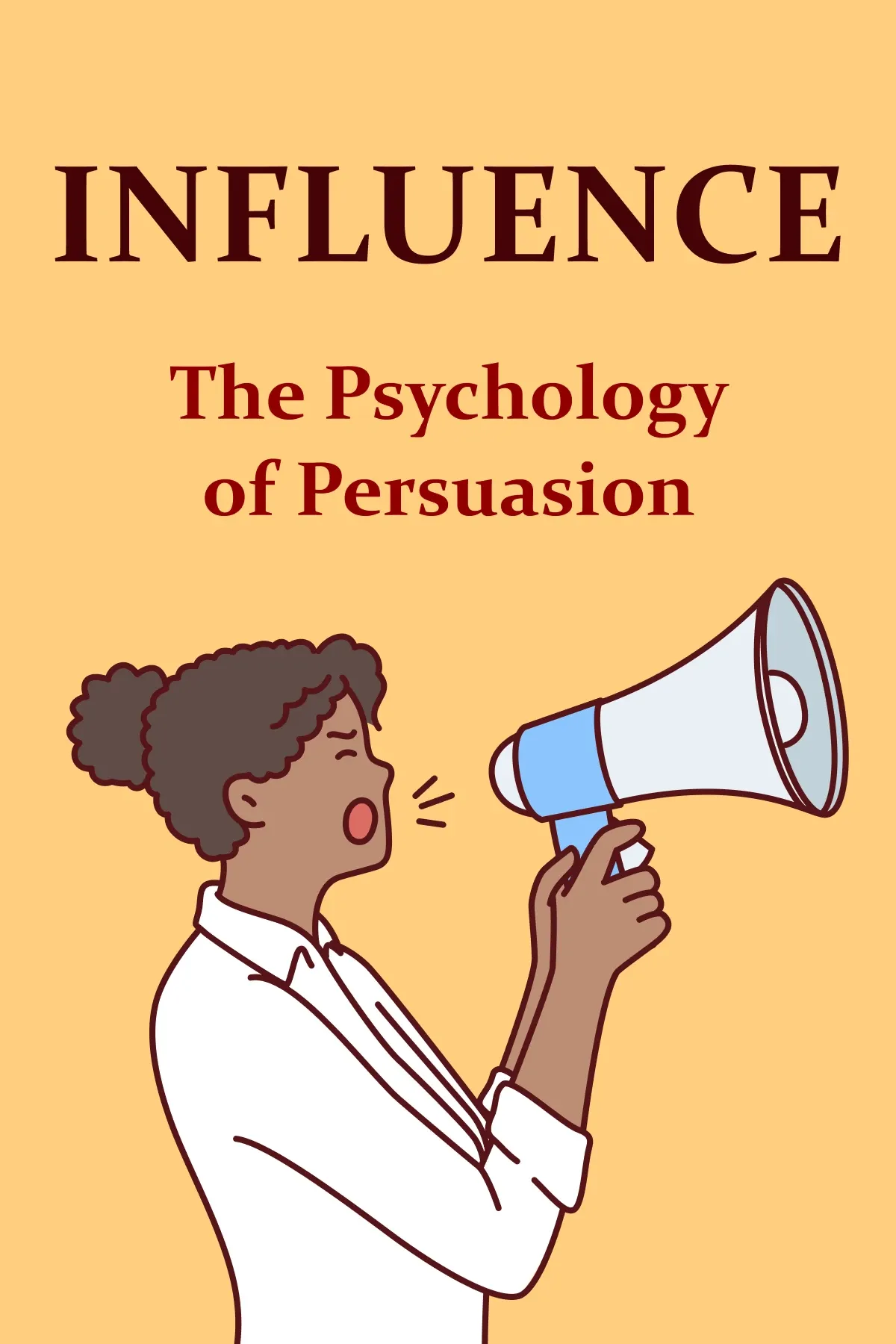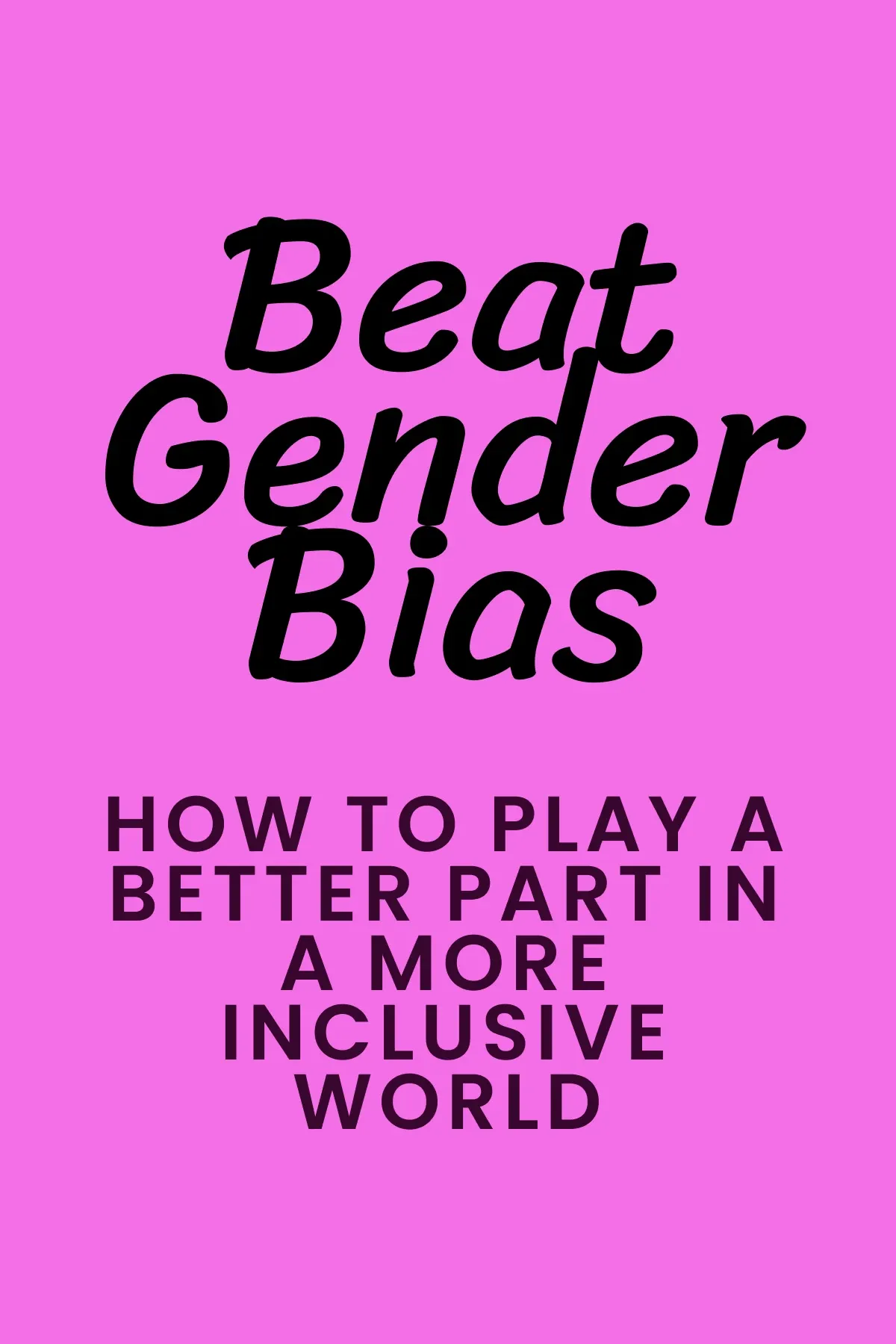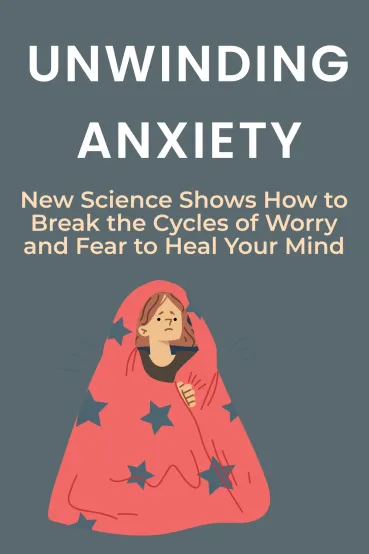
Unwinding Anxiety
Brief Summary
“Unwinding Anxiety” offers insightful strategies for identifying and transforming anxiety-driven patterns in our lives. Through various techniques, the book guides readers in reshaping their approach to anxiety. This transformative journey aims to foster a more balanced, empathetic, and fulfilling life.
Topics
Key points
Key idea 1 of 7
Many adults in the United States, about 31%, experience anxiety disorders at some point. These disorders are very common and have a significant impact on the population. Anxiety can make it hard to do everyday tasks and affect how you enjoy life. Healthcare professionals view anxiety as a serious threat to our well-being.
Generalized Anxiety Disorder (GAD) is a type of anxiety disorder. Excessive and persistent worry characterize it. This worry lasts for over six months. Unlike the occasional anxiety that many people feel, GAD is constant and often more prominent than it needs to be. GAD is a type of anxiety that causes both mental and physical problems. These include muscle tension and trouble sleeping.
GAD's prevalence is notable, with about 2.7% of adults in the U.S. experiencing this condition in the last year. This number shows how it greatly influences people, changing how they socialize and work. Having this disorder can make it hard to keep relationships and do well at work. This can lower your happiness and how much you get done.
To understand the roots of anxiety, it is essential to consider the role of the prefrontal cortex. The brain uses past experiences to plan, make decisions, and predict the future. It is particularly adept at forecasting scenarios in situations of uncertainty. During the COVID-19 pandemic, people imagined the worst because there was little information. Feeling anxious and panicked is common because it helps us survive. Our brains are naturally alert to danger, an instinct passed down from our ancestors.
However, reasoning through anxiety can be a challenging task. Rational thinking becomes more difficult when the prefrontal cortex triggers the fight-or-flight response. In the early stages of the COVID-19 pandemic, people felt very stressed. Because of this, they started buying lots of supplies, even when it seemed unnecessary. Anxiety is a survival response. Understanding this can help manage these feelings and bring comfort.
Anxiety can show up in different ways and strengths, from a bit of worry to extreme panic. Feeling stressed is normal, but too much anxiety can be a problem. Mental health professionals can help identify the difference between normal and disruptive anxiety. To effectively diagnose and treat anxiety, it's essential to recognize this distinction. This helps people get the proper care and support for managing their anxiety.
You may also like these summaries




